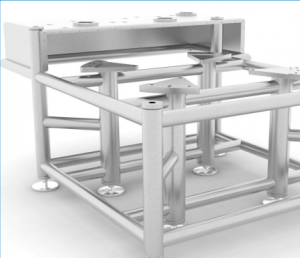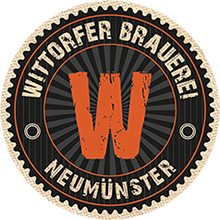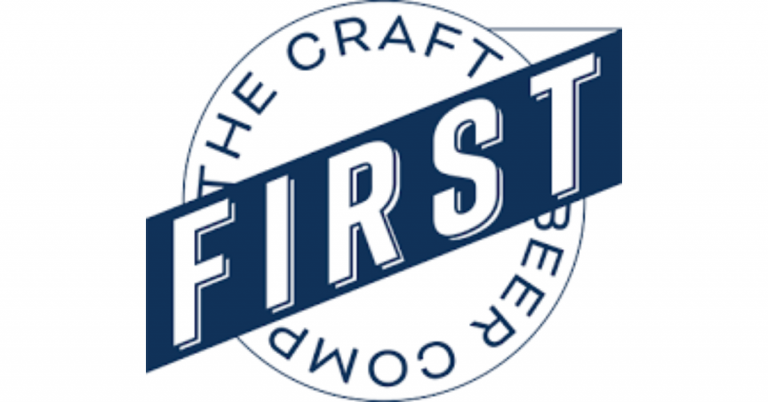CANVASA

Klick auf den QR-Code und hole dir die Canvasa virtuell in deine Produktion

Innovative
Fülltechnologie
Die steigende Nachfrage nach Mikrofüllern made in Germany hat uns dazu bewegt die Canvasa ins Leben zu rufen. Als einer der Innovationsführer haben wir den weltweit kompaktesten Dosenfüller mit patentierter Gegendrucktechnik entwickelt.
Die Maschine hat den Footprint einer Standard-Europalette und kann aufgrund ihrer Mobilität immer und überall eingesetzt werden.
Die Canvasa ist eine kompakte, halbautomatische Dosenfüllmaschine. Die neu entwickelte und patentierte Gegendruck-Fülltechnik erlaubt es, sowohl karbonisierte als auch nicht karbonisierte (stille) Produkte besonders schonend und bei minimalem Sauerstoffeintrag zu füllen.
Mittels Zubehör wie Depalettiertisch, automatischem Rinser, Etikettierer, etc., kann die Canvasa zu einer kleinen, günstigen und vollautomatischen “Minilinie” erweitert werden.
Die Maschine kann alle gängigen Dosenformate wie Standard, Sleek oder Slim verarbeiten. Gerade für Start-ups oder Getränkehersteller, welche Dosen erstmal nur “ausprobieren” möchten ist die Canvasa das ideale Einstiegsmodell.
Durch seine offene Konstruktionsweise entsprechen wir dem Grundgedanken des Hygienic Design. Generell werden die Füllmaschinen von Leibinger so mechanisch wie möglich konstruiert und gebaut, sodass auch der empfohlene jährliche Wartungsservice werksintern von den eigenen Mechanikern durchgeführt werden kann.
Fragen Sie bei diesem Modell auch unsere interessanten Leasingmöglichkeiten an.
TYP
Dosenfüller
TECHNIK
Gegendruck
Füllventil
STELLENANZAHL
2
PRODUKTE
alle Getränke
LEISTUNG
360 – 1.200 D/h
O2 PICKUP
10-60 ppb

Füllventil
Handrinser
HDE Heizung
HDE
Rahmen
Verschließer
Panel
Weitere Eigenschaften
Bauweise
Durch die kompakte Bauweise passt die Canvasa auf eine gewöhnliche Europalette und kann mobil eingesetzt werden.
CIP
Unsere Abfüllmaschine ist CIP fähig. Ein geschlossener Kreislauf mit Dummy Dosen sowie die verwendeten Dichtungsmaterialien sorgen dafür, dass die Maschine sowohl mit Säure- als auch mit Laugenkonzentrationen gereinigt werden kann.
Druckerhöhungspumpe
Die Druckerhöhungspumpe ist dafür zuständig den Wasserdruck zu erhöhen und um mögliche Fluktuation des Hauswasserdrucks zu kompensieren. Sie sorgt für einen permanent konstant gehaltenen Wasserdruck für die HDE und dieser lässt sich über das Panel einstellen.
Key Facts
Die HDE Heizung dient der kontinuierlichen Versorgung mit mindestens 80°C Grad heißem Wasser. Somit ist das HDE Wasser keimfrei.
Der speziell entwickelte Verschließer sorgt für die ordnungsgemäße Umbördelung der Dosendeckel. Jede Maschine wird vor dem Verlassen des Werkes auf einen normgerechten Verschluss geprüft.
Durch das Leibinger Grundgestell haben wir möglichst viele horizontale Flächen abgeschafft, sodass überschüssiges Wasser oder Produkt jederzeit abfließen kann. Damit entsprechen wir dem Gedanken des Hygienic Design.
Durch die kompakte Bauweise passt die Canvasa auf eine gewöhnliche Europalette und kann mobil eingesetzt werden.
Unsere Abfüllmaschine ist CIP fähig. Ein geschlossener Kreislauf mit Dummy Dosen sowie die verwendeten Dichtungsmaterialien sorgen dafür, dass die Maschine sowohl mit Säure- als auch mit Laugenkonzentrationen gereinigt werden kann.
Unsere Siemens-basierte Steuerung ist ähnlich einem Smartphone intuitiv bedienbar. Über den HOME-Button kann die Maschine bedient werden.
Die Druckerhöhungspumpe ist dafür zuständig den Wasserdruck zu erhöhen und um mögliche Fluktuation des Hauswasserdrucks zu kompensieren. Sie sorgt für einen permanent konstant gehaltenen Wasserdruck für die HDE und dieser lässt sich über das Panel einstellen.
RINSEN
FÜLLEN
VERSCHLIEßEN
Zusatzoptionen
Automatischer Rinser
Der automatische Rinser spült die Dosen und befreit sie von jeglichen Rückständen. Damit werden die Behälter für die Abfüllung vorbereitet.
Halbautomatischer Depalettiertisch
Der Depalettiertisch erlaubt das Halbautomatischer depalettieren von halben Dosenpalletten. Diese werden mittels eines Hubwagens oder mit einem Gabelstapler auf die entsprechende Höhe gebracht und mit einem Abschieber auf den Drehtisch befördert. Der Drehtisch fördert die Dosen dann vollautomatisch weiter in den Rinser, welcher auch einzeln dazu bestellt werden kann.
Drehender Sammeltisch
Der Sammeltisch ist ein kleiner drehender Tisch, welcher die Dosen am Auslauf der Canvasa aufnimmt, sodass diese nicht permanent händisch abgenommen werden müssen. Er kann anstelle der Etikettiermaschine oder des Transportbandes eingesetzt werden.
Selbstklebeetikettierer (Fa. GERNEP) – Etikettendatumsdrucker
Von der Firma Gernep bieten wir einen kleinen Etikettierer an, welcher alle gängigen Dosenformate mit selbstklebenden Etiketten beklebt.
Dosendatumsdrucker
Zum Bedrucken des Dosenbodens mit Mindesthaltbarkeitsdatum oder Trackingnummer (Fa. Paul Leibinger GmbH & Co. KG). Nur in Kombination mit dem automatischen Rinser.
Druckererhöhungspumpe HDE
Die Druckerhöhungspumpe dient dazu den Druck zu erhöhen oder möglichen Druckschwankungen entgegen zu wirken.
Technische Details
Nennleistung
360 – 1.200 D/h (Standard, Sleek oder Slim Dosen)*
Steuerung
Siemens
Anschlusswerte
230 V / 50 Hz**
Verschließer
Leibinger
Verschließwerkzeug
Leibinger
Füllventilachse
Festo
Antriebe
Siemens / SEW
Hygienic Design
Eine Rundrohrkonstruktion als Ersatz für die klassische Tischplatte.
*produktspezifisch **länderspezifisch
Verschiedene Flaschen- & Dosenformate und Füllhöhen
Materialien
FüllrohreEdelstahl (1.4571 or 1.4404)
Lebensmittelechter Kunststoff (z.B. POM or PTFE)
Leitungen aus Edelstahl (1.4404)
Zuverlässigkeit
Personalzeiten reduzieren
Sicherheitseinhausung
Weitere Merkmale
Hygienic Design®
Ein Schritt in der Entwicklung des Leibinger Hygienic Design® Konzepts war die Eliminierung möglichst vieler horizontaler Flächen.
Das Ergebnis: eine Rundrohrkonstruktion als Ersatz für die klassische Tischplatte.

Downloads
Layouts
CANVASA anfragen
Wir freuen uns, Ihnen weiterzuhelfen! Nutzen Sie bitte das Kontaktformular für allgemeine Anliegen und das Anfrageformular, wenn Sie nähere Informationen zu unseren Abfüllmaschinen wünschen.
WELTWEIT GANZ NAH
Leibinger Remote Service
Mit dem Leibinger Remote Service können wir Ihnen aus der Ferne helfen, Ihre Maschinen selbst zu reparieren.














